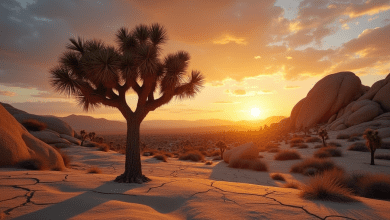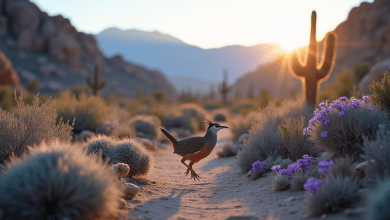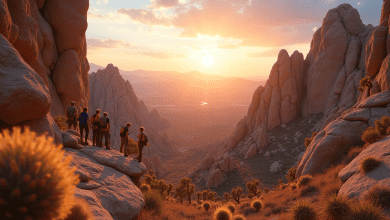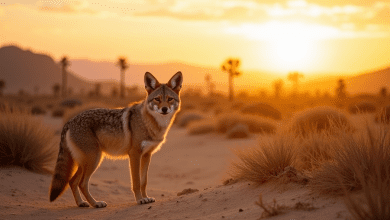Encountering a Desert Tortoise in Joshua Tree National Park: A Guide to Responsible Wildlife Interaction
What to do if you see a desert tortoise in Joshua Tree National Park
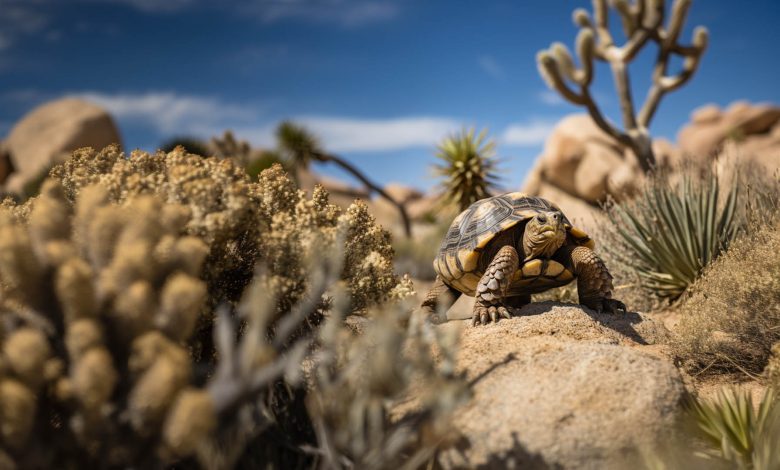

As you venture through the captivating landscapes of Joshua Tree National Park, you may be fortunate enough to encounter one of the park’s most iconic inhabitants – the desert tortoise. These ancient reptiles, with their unique appearance and slow, deliberate movements, are a fascinating sight to behold. However, it’s essential to approach such encounters with care and responsibility to ensure the well-being of these protected creatures and the preservation of their delicate habitat. In this guide, we’ll explore what to do if you encounter a desert tortoise in Joshua Tree National Park, and how you can make a positive impact on their conservation efforts.
1. Observe from a Safe Distance
Desert tortoises are a threatened species and are protected by law. When you come across a desert tortoise in the park, admire them from a safe distance. Use binoculars or a camera with a zoom lens to get a closer look without disturbing the tortoise or its surroundings.
Getting too close can cause stress and anxiety for the tortoise, leading to changes in behavior and potentially impacting their ability to find food or seek shelter.
2. Do Not Touch or Handle
Resist the temptation to touch or handle the desert tortoise. While they may appear docile, handling them can be harmful to their health and well-being. Tortoises can become stressed easily, and their shells are an essential part of their body that provides protection. Touching or disturbing a tortoise’s shell can be damaging and may lead to injuries or diseases.
Furthermore, if you scare a desert tortoise, it could pee out all of it’s water and fluids, causing it to dehydrate, risking its life. It may be tempting to take a picture with you holding a desert tortoise but it is critical that you do not do this! DO NOT PICK UP A DESERT TORTOISE
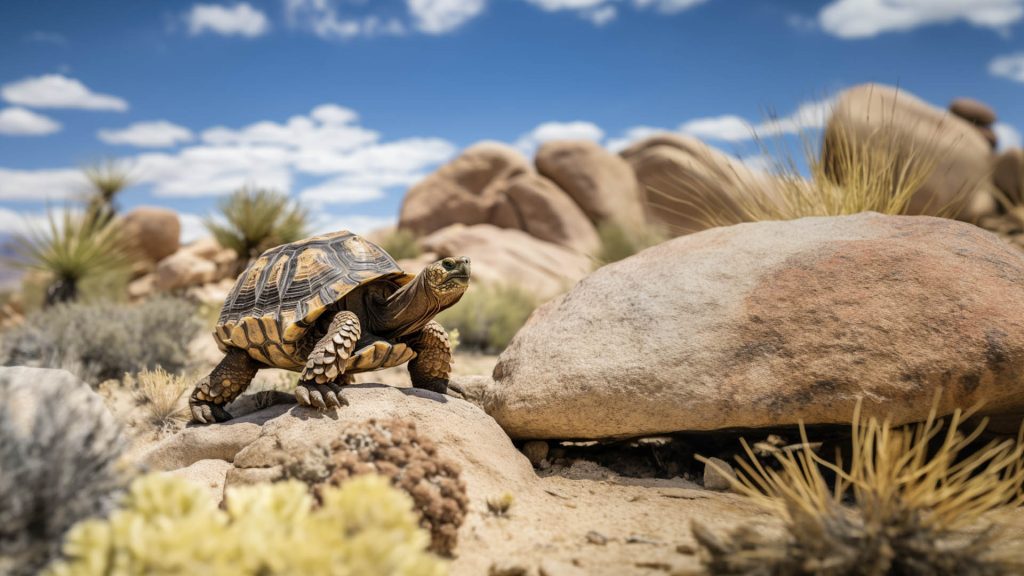

3. Avoid Disturbing Burrows
Desert tortoises create burrows for shelter from extreme temperatures and predators. If you spot a tortoise near its burrow, avoid getting too close or blocking the entrance. Disturbing a burrow can cause the tortoise to abandon it, putting them at risk during harsh weather conditions or exposing them to predators. By maintaining a respectful distance, you allow the tortoise to continue using its burrow safely.
Getting too close could also put their eggs in danger, which could threaten an entirely new generation of desert tortoises.
READ: Encountering a Bobcat in Joshua Tree National Park: Tips for a Safe Wilderness Encounter
4. Stay on Designated Trails
To minimize the impact on the tortoise’s natural habitat, stick to designated trails and avoid trampling on vegetation or sensitive areas. Desert tortoises play a vital role in the ecosystem, and their habitats are carefully balanced. By staying on established paths, you help preserve their habitat and prevent accidental harm to these gentle creatures and other wildlife.
If you happen to see a desert tortoise crossing a designated trail or path, as slow as they may be, please wait for them to cross to the other side. Do not block their way and do not help them across by lifting and carrying them across. This could frighten them and cause health issues. Desert tortoises are very sensitive creatures and human interaction can inadvertently yet easily disturb their lifestyle.
5. Dispose of Trash Properly
Keeping the park clean is essential for protecting its wildlife, including desert tortoises. Always dispose of trash properly in designated bins or take it with you when leaving the park. Litter can be harmful to tortoises and other animals if they mistake it for food or get entangled in it.
Encountering a desert tortoise in Joshua Tree National Park is a special and memorable experience. By following these guidelines and practicing responsible wildlife interaction, you become an advocate for the preservation of these fascinating creatures and their delicate desert home. Show respect for the desert tortoise and its habitat by observing from a safe distance, avoiding any form of handling, and staying on designated trails. Your actions can contribute to the conservation of the desert tortoise population and help ensure the continued existence of these incredible reptiles for generations to come.
